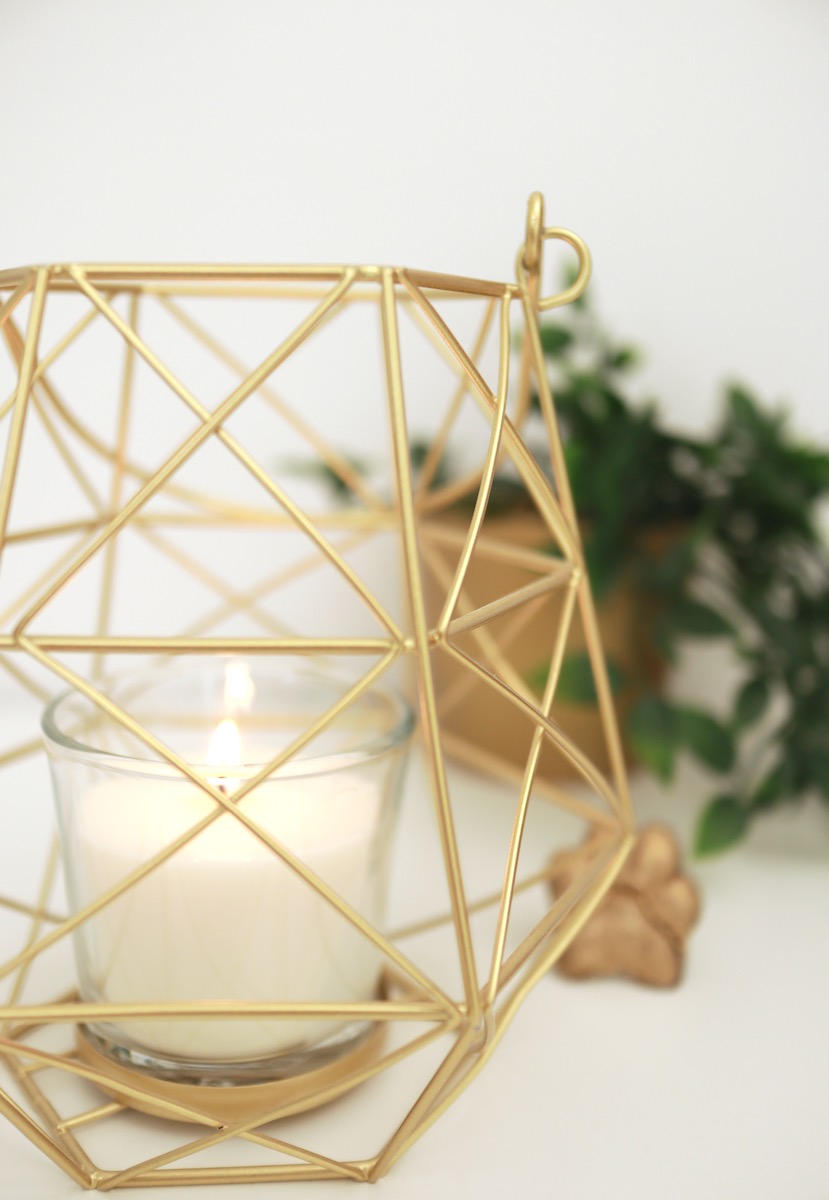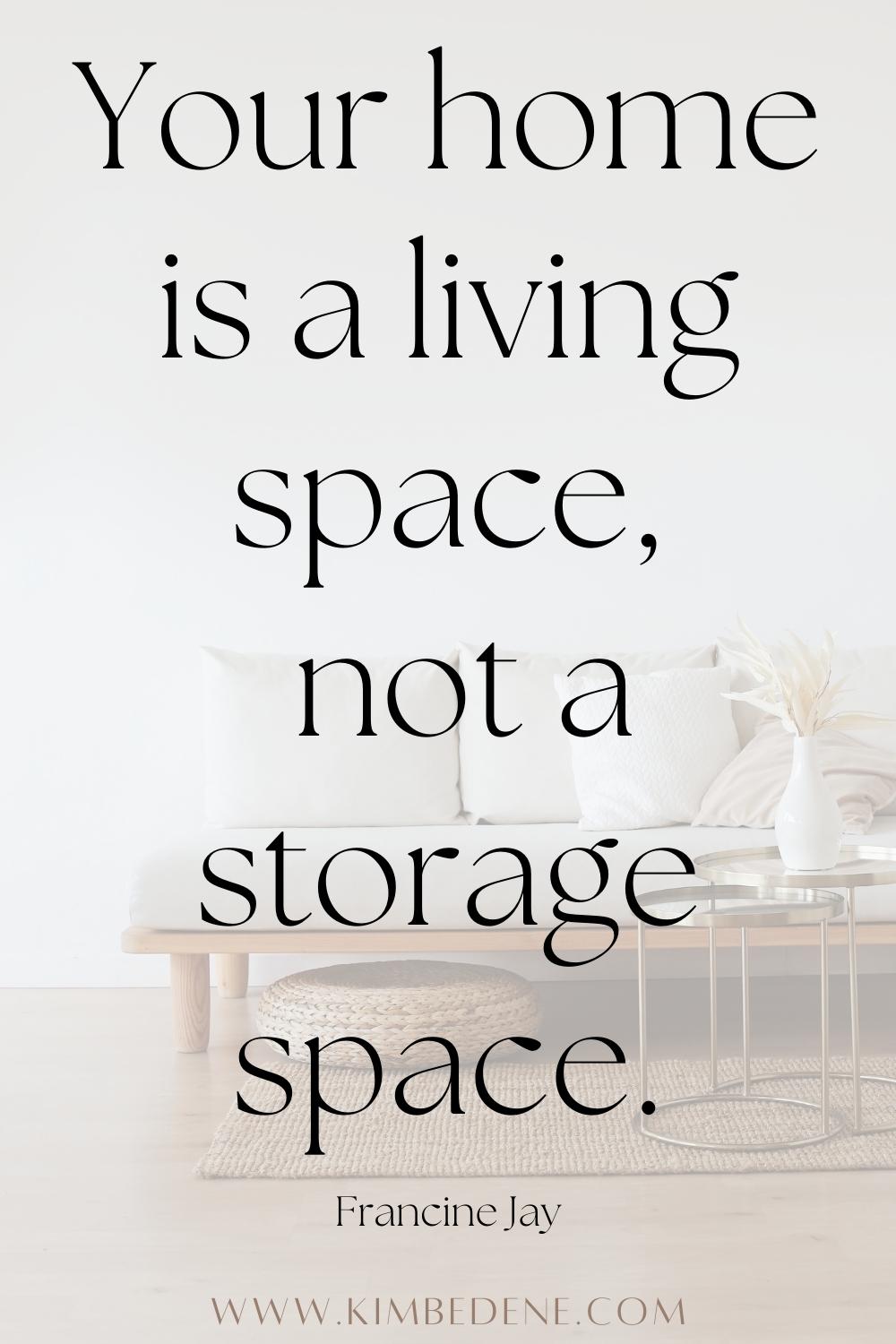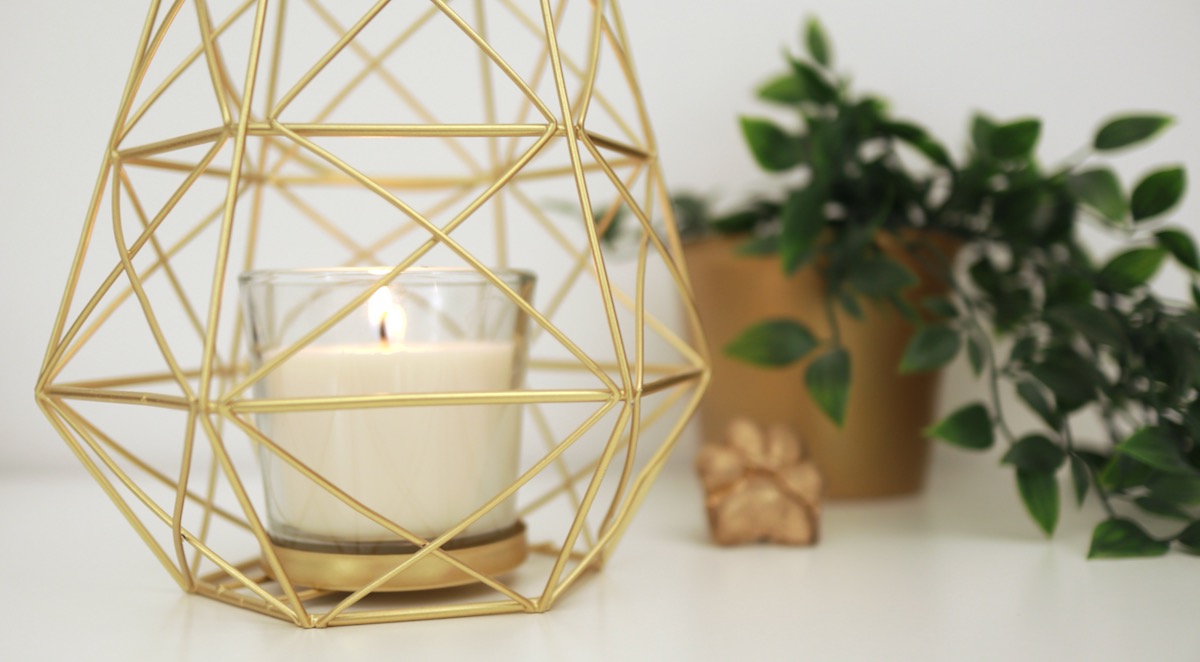Now that you know what minimalism is and what the benefits are, you want to get started. But there are so many different methods available, so which one to choose?
And the answer lies in how you want to approach this. For beginners or for quick decluttering sessions, I recommend trying out one of these five decluttering games. They will help you declutter in a few days or even minutes.
But if you are ready to embark on a decluttering journey and to look into the deepest corners of your home, then I have made a list of 10 steps and tips that can help you get started. The list also includes some principles of the KonMari method since that was my introduction to decluttering and I still very much like it 😉

But before we get started – a word of explanation: the reason I approach decluttering as a journey is that it can be a great learning experience.
We can declutter very quickly if we want to, but we can also take this as an opportunity to learn more about ourselves since everything that we have acquired tells us something – why we bought it, our dreams, ideas and fears. It may seem silly to think that, but if we start asking the right questions, the invisible layer will become apparent to us. So take this as a journey and be patient.
1. TAKE YOUR TIME
If you rush through cleaning and you want it to be over and done with and you’re watching the clock then you won’t enjoy it. And I know some people love to declutter and some people don’t but ask yourself why are you doing this?
Approach decluttering with curiosity, with a desire to find out – how did you get here, why are you so attached to certain items, what were the stories you told yourself when you bought something? That doesn’t mean start over analysing but give yourself the time you need. For most items, the decisions are probably going to be very straightforward and quick, but for some, you’ll need time to reflect.
So make decluttering enjoyable, clear your schedule, open your windows and curtains, make yourself a cup of tea and be eager to find out. Because the more you learn about yourself, the better equipped you are for the future.
2. SORT THROUGH CATEGORIES NOT ROOMS
We usually clean our homes by rooms, but the problem with this is that we don’t see everything that we own because we store our things all around the house.
Let’s say we have four pairs of scissors – we keep one pair in the kitchen, one in the bathroom, one in the bedroom and one pair is still in its package.
If we clean room by room we won’t realise we have so many scissors unless we are decluttering by category, which can help us get rid of unnecessary duplicates.

3. DECLUTTER EASIER CATEGORIES FIRST
It’s best to start with items that hold no sentimental value because the fear of letting go of something that we might need in the future is always playing in the back of our minds, even though it rarely happens.
So it’s best to start with items that you see as easily replaceable, so the fear doesn’t hold you back. And with time you’ll build confidence to go through harder categories and sentimental items as well.
4. PUT EVERYTHING IN ONE SPOT
And I mean everything. Look into your laundry baskets, cars, bags, storage and basement. Don’t leave anything out! This is a crucial step because it works as shock therapy.
As I mentioned before we don’t realise how much we own unless we see it in one big pile in front of us. And that in itself is enough to change our perception of how much we actually need and use. It can sound like a lot of work but trust me it’s worth it.
5. INCLUDE ITEMS THAT NEED TO BE REPAIRED
When sorting, don’t leave out the things that need to be fixed. If they are a part of a category you are going through, include them as if they are not broken (that only applies to objects that can be restored) because sometimes repairing an item can bring back the life they once had.
But make sure you give yourself a deadline, so your things don’t just sit in the corner. Fix them or let them go!

6. TAKE ITEMS OUT OF THEIR NATURAL HABITAT
Bring clothes to your living room, put kitchen items on the dining room table, etc. This will help you see your stuff in a new light and make better decisions.
7. DON’T DECLUTTER AND ORGANISE AT THE SAME TIME
It’s not a good idea to organise while decluttering because your focus won’t be on what you want to keep but on how you want to arrange certain areas. Organising always comes after decluttering.
8. IF YOU STUMBLE UPON ANY SENTIMENTAL ITEMS,
that you don’t use (papers, cards, toys, jewellery,…) put them aside in a sentimental category for later.
9. PREPARE BASKETS, BOXES OR BAGS
…that will help you have a better view of what is going where. Create an area for things you want to keep and things you want to let go of, and if you feel like you have trouble deciding what to do, I recommend creating a maybe pile. That way you can come back to it later and take time to understand what your dilemma is, so you can let go or keep the item with peace of mind.
10. GIVE YOURSELF TIME TO READJUST
Keep in mind that it’s normal to feel a bit disoriented when our spaces start looking different.
Sometimes we may feel unsure about the new changes, or some areas appear empty. As long as you keep the items you love and use, you shouldn’t worry about it. Our brain needs time to adjust to a change so relax and give it some time. If you feel like something is missing after a good month, then find out what it is and add it later.

Now that you know how to declutter, the only thing left to do is set a date and decide which category to go through first. Woohoo! 🙂
And even though you can try to declutter by instinct, why not make your session even more efficient by using a list of 4 decluttering questions that work the best.
If you enjoyed this post, I’d be very grateful if you’d help it spread by sharing it!
